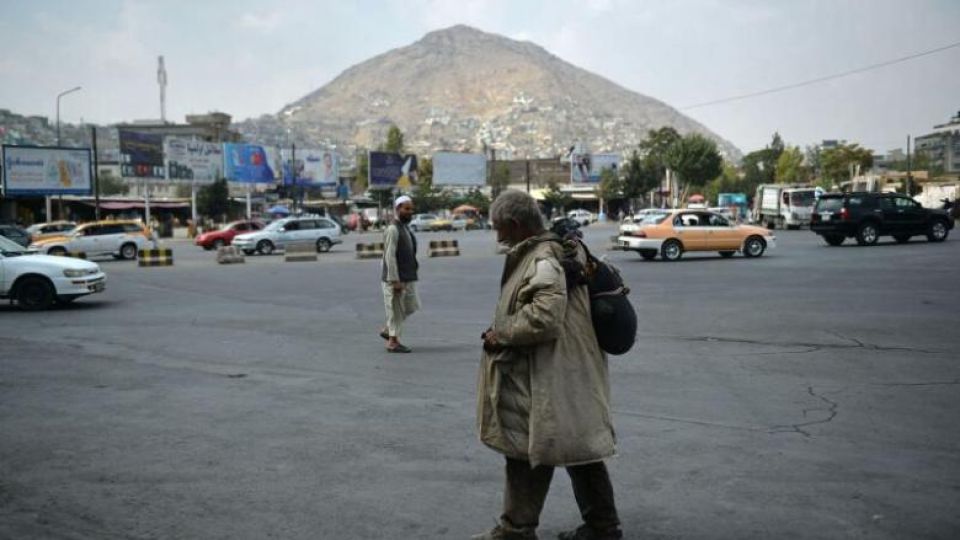February 3, 2022
ISLAMABADd – Pakistan has the potential of becoming a hub of economic activity for Central, South and West Asian countries if it follows the model of economic corridor development (ECD), the Asian Development Bank said in a study released on Wednesday.
The ADB study, titled “Economic Corridor Development in Pakistan: Concept, Framework, and Case Studies”, examined how Pakistan could address economic challenges through ECD.
In the foreword, ADB Central and West Asia Department Director General Eugene Zhukov noted that Pakistan had not yet been able to attain a sustained growth path “to move beyond its historic lacklustre and stop-and-go pattern, characterised by ‘booms and busts’ every three to four years”.
“Through market reforms, Pakistan needs to transform its economy into an export-led growth trajectory. In addition to improving the economy’s competitiveness and productivity with a vibrant private sector, it is critical to attracting domestic and foreign investments to support this transformation,” he said.
The official went on to say that Pakistan had already adopted and implemented an ECD-focused strategy as part of its core development and growth framework.
“ECD can be one of the most credible ways to help the government achieve its socio-economic objectives of reaching the upper-middle-income status by 2025,” Zhukov said.
However, he cautioned that private sector development and a fair and efficient tax system were also required for transforming the economy to export-led growth.
Defining ECD, the study said that it aimed to promote economic growth by connecting different economic agents along defined geographic areas.
When implemented successfully, ECD supports economies of scale and scope and induces economic transformation and diversification through foreign direct investment.
“By enhancing domestic connectivity and linking lagging regions [including secondary cities] with urban growth centres, ECD can help Pakistan become a hub of economic activity for Central, South, and West Asian countries,” the study said.
It stated that the country could “revitalise” its economic growth through facilitating economic centres by bolstering them with an efficient transport network based on “robust infrastructure and supported by a business-enabling policy framework”.
However, it pointed out that Pakistan currently lacked the administrative machinery for effectively managing ECD.
“Its complex tax administration and compliance requirements impede growth and expansion of private investment, project management and implementation are weak, and a coherent regulatory framework for land use and urban development is lacking.”
The study proposed several recommendations which could enable Pakistan to tackle these challenges:
- Empowering a central corridor planning and development agency to oversee the overall development and management of ECD.
- Strengthening an overall policy framework for ECD, including streamlining policies for transport, logistics, public-private partnerships, land use, zoning regulations, business regulatory framework and taxation regimes.
- Providing institutional support for skills development to align labour force skills with industry needs.
- Link current industrial clusters and urban areas with new industrial hubs and urban centres through infrastructure networks.
- Seeking ways to channel partial resources from overseas Pakistanis into profitable investment ventures to fund ECD-related projects.
- The study also identified four routes that could be used for a pilot ECD programme: M4 Motorway linking Faisalabad and Multan, N70 (national highway) connecting Multan and Killa Saifullah, N50 (national highway) linking Dera Ismail Khan and Kachlak, and the Hazara Motorway (E35 Expressway) from Islamabad to Mansehra.
Explaining the rationale behind selecting the routes, the study said: “[They] offer real untapped economic potential with opportunities to diversify; good development synergy for linking production networks especially small and medium-sized enterprises with markets and other economic agents; close links to the CPEC (China-Pakistan Economic Corridor) and Carec (Central Asia Regional Economic Cooperation) routes; and favourable prospects for connecting and realising the economic potential of underdeveloped regions in Balochistan and Khyber Pakhtunkhwa.”
Maximising CPEC benefits
The study also touched upon CPEC and said that it could pull off a number of economic objectives if it was implemented successfully.
However, it cautioned that CPEC alone could not improve the economy and would need to be supported by structural reforms to unleash its true potential.
The ADB report suggested four policy recommendations to fully benefit from CPEC.
- Undertaking structural reforms to facilitate private sector development.
- Broadening the tax base to make use of the country’s tax revenue potential and improve fairness of tax collection.
- Utilising transport infrastructure under CPEC to maximise investment return and turn it into a multilateral initiative.
- Expediting development of nine special economic zones planned along CPEC routes.


